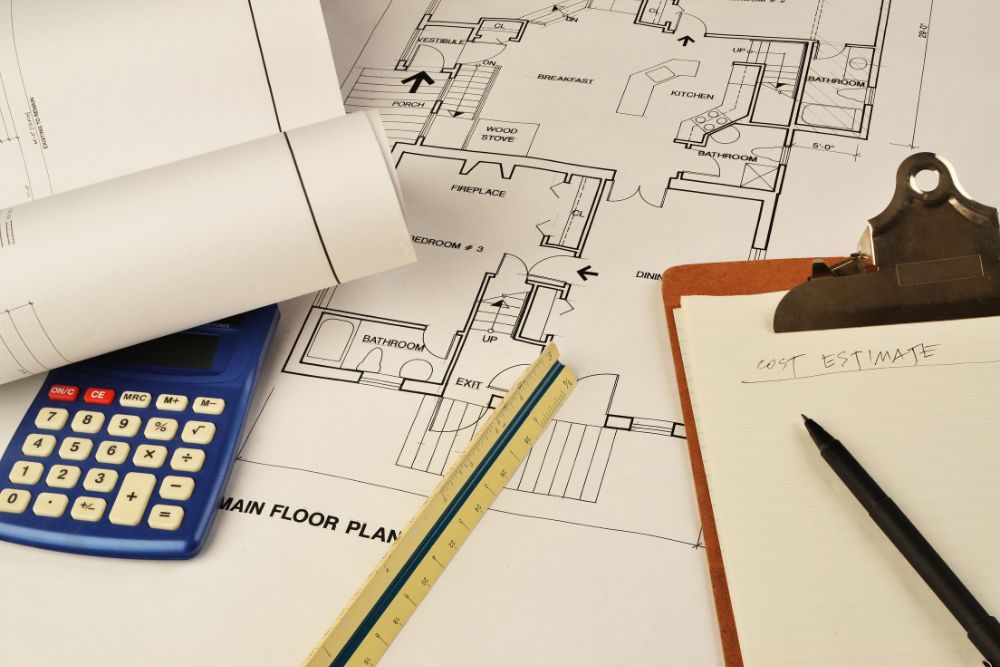Unveiling the Secrets of Geotechnical Engineering: Shaping the Foundations of Modern Construction
Geotechnical engineering plays a crucial role in the field of civil engineering, providing the foundation for all modern construction projects. This branch of engineering deals with the behavior and properties of soil and rocks, studying their mechanics and applying that knowledge to the design and construction of structures. In this article, we will delve into the secrets of geotechnical engineering and explore how it shapes the foundations of modern construction.
Understanding Soil Mechanics
One of the fundamental aspects of geotechnical engineering is the study of soil mechanics. Soil is not a homogeneous substance; it possesses varying properties depending on its composition, moisture content, and density.
By understanding these properties, geotechnical engineers can predict how the soil will behave under different conditions, such as when subjected to the weight of a building or the forces of an earthquake.
Exploring Foundation Design
Foundation design is a crucial aspect of geotechnical engineering. The foundation serves as the interface between a structure and the underlying soil or rock. The type of foundation chosen depends on several factors, including the soil characteristics, load requirements, and environmental conditions. Geotechnical engineers employ various techniques, such as soil testing and site investigations, to gather data and make informed decisions about foundation design.
Types of Foundations
There are different types of foundations used in construction projects, each suited to specific soil conditions and load requirements. Some common types include shallow foundations, which spread the load over a larger area near the ground surface, and deep foundations, which transfer the load to deeper, more competent layers of soil or rock. Examples of deep foundations include piles and caissons, which provide stability and support for tall structures or those constructed on weak soil.
Mitigating Geotechnical Hazard
Geotechnical engineering also involves mitigating geotechnical hazards that can pose risks to structures and the environment. Landslides, sinkholes, and liquefaction are some of the geotechnical hazards that can occur due to unstable soil conditions or seismic activity. Geotechnical engineers use techniques like slope stabilization, ground improvement, and retaining walls to minimize these hazards and ensure the safety and stability of structures.
Geoconstruction Techniques
Geoconstruction refers to the application of geotechnical engineering principles and techniques in construction projects. It involves the use of innovative methods to enhance the soil’s properties, stabilize slopes, and improve ground conditions.
Techniques such as soil reinforcement, soil compaction, and grouting are employed to increase the load-bearing capacity of soil and improve its stability. These methods enable the construction of structures in challenging environments and reduce the risks associated with weak or problematic soils.
Geotechnical Engineering and Sustainable Construction
Geotechnical engineering also plays a significant role in promoting sustainable construction practices. By understanding the properties of soil and its response to loads, engineers can optimize foundation designs, reduce material usage, and minimize environmental impact. This knowledge allows for the construction of more efficient and durable structures, saving resources and reducing long-term maintenance costs.
Conclusion
Geotechnical engineering is the backbone of modern construction. By unraveling the secrets of soil mechanics and applying that knowledge to foundation design and construction techniques, geotechnical engineers shape the built environment we inhabit.
Their expertise in mitigating geotechnical hazards and promoting sustainable practices ensures the stability, safety, and longevity of structures. As we continue to push the boundaries of construction, geotechnical engineering will remain a vital discipline, enabling us to build higher, stronger, and more resilient structures for generations to come.



